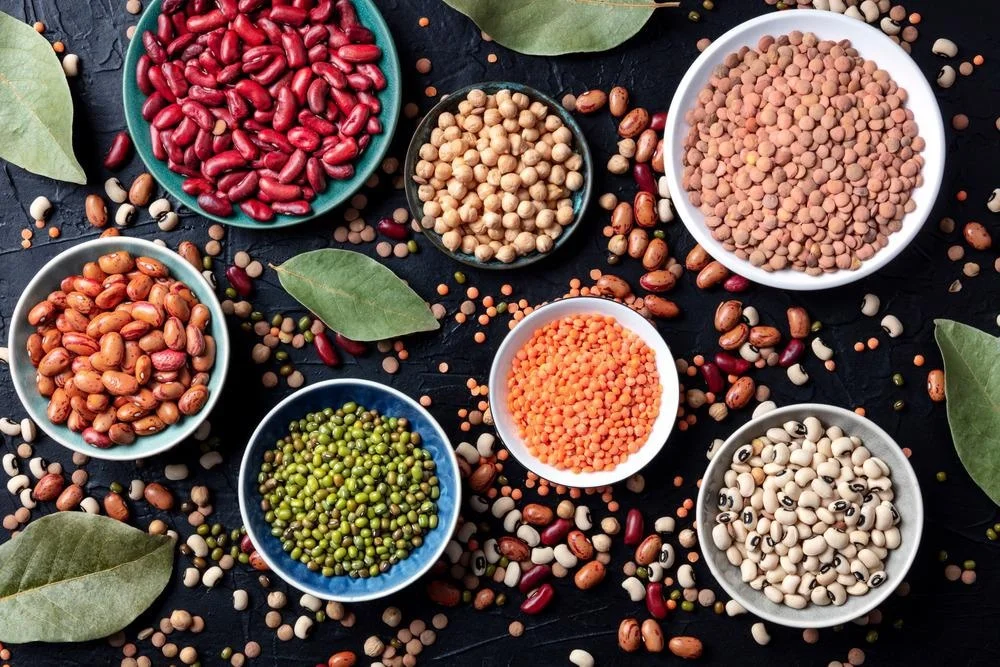
India has always been called the land of pulses, contributing to both domestic food security and global demand. As the world looks toward healthier, plant-based diets, pulses such as lentils, chickpeas, moong, urad, and toor are gaining unprecedented demand. By 2025 and beyond, the pulses export market in India is poised for remarkable growth, opening new doors for exporters, farmers, and international buyers.
📈 The Global Demand for Pulses
Pulses are no longer seen as just staple foods. Instead, they are considered nutritional powerhouses rich in protein, fiber, vitamins, and minerals. With increasing awareness about plant-based proteins and sustainable diets, global consumption of pulses is rising sharply.
Key factors driving demand include:
-
Health-conscious lifestyles – Pulses are cholesterol-free and gluten-free.
-
Vegan and vegetarian diets – Pulses provide affordable protein alternatives.
-
Sustainability – Pulses enrich the soil through nitrogen fixation, making them eco-friendly crops.
-
Food security – As global populations grow, pulses are vital for balanced diets.
By 2025, the worldwide pulse trade is expected to expand significantly, with India playing a leading role.
🌍 India’s Position in the Global Pulse Market
India is both the largest producer and consumer of pulses, accounting for nearly a quarter of global output. The country’s diverse agro-climatic zones allow year-round cultivation of different pulses.
Key exported varieties from India include:
-
Chickpeas (Kabuli & Desi)
-
Lentils (Masoor)
-
Pigeon Peas (Toor/Arhar)
-
Moong Beans (Green Gram)
-
Urad Beans (Black Gram)
Major export destinations: Bangladesh, UAE, USA, Sri Lanka, Nepal, and European markets.
India’s reputation for quality and competitive pricing makes it a trusted supplier to international buyers.
🚀 Opportunities in 2025 and Beyond
1. Rising Health Trends
Global consumers are shifting toward high-protein, low-fat diets. Pulses naturally fit this demand, opening avenues for exporters to market products as superfoods.
2. Growth in Processed Food Industry
From ready-to-cook lentils to pulse-based protein powders, the value-added segment is expected to grow. Exporters who invest in processing and packaging will capture premium markets.
3. Demand for Organic Pulses
With the rise of organic certifications, Europe, North America, and the Middle East are seeking chemical-free, non-GMO pulses. Indian exporters adopting organic farming models can command higher margins.
4. Government Support
The Government of India, through bodies like APEDA and FIEO, promotes pulses exports with schemes for quality certification, infrastructure, and subsidies. Policies under Make in India and Atmanirbhar Bharat are also strengthening supply chains.
5. Emerging Markets
While traditional markets like the Middle East and USA are strong, Africa, Southeast Asia, and Latin America present new opportunities. Exporters can expand into these regions with competitive strategies.
6. Evolving Trade Policies
India’s bilateral trade agreements with multiple countries in Asia and Europe will reduce tariffs and open smoother trade routes for pulse exports in the coming years.
🔑 Challenges to Address
While opportunities are vast, exporters must be prepared for certain challenges:
-
Price volatility due to monsoon dependency.
-
Quality concerns like moisture content, foreign matter, and pesticide residues.
-
Logistics and supply chain hurdles, especially in remote agricultural zones.
-
Global competition from Canada, Australia, and Myanmar.
To overcome these, exporters need to invest in modern storage facilities, quality certifications, and efficient logistics systems.
📦 The Role of Technology and Innovation
The future of pulse exports lies in technology-driven solutions. Some promising innovations include:
-
Blockchain-based traceability for ensuring transparency in the supply chain.
-
AI-driven demand forecasting to manage pricing and production cycles.
-
Smart warehousing with moisture control and temperature monitoring.
-
Eco-friendly packaging to appeal to sustainable markets.
Adopting such advancements will give Indian exporters a competitive edge.
🏭 Value Addition: The Game Changer
Exporting raw pulses is profitable, but the real growth lies in value-added products:
-
Polished and packaged lentils for retail markets.
-
Pulse flours (chickpea flour, moong flour) for gluten-free products.
-
Protein isolates for sports nutrition and health supplements.
-
Snack innovations like roasted chickpeas, pulse chips, and ready mixes.
By moving up the value chain, exporters can tap into premium global markets and enhance profitability.
🌾 Sustainability and Ethical Sourcing
International buyers are increasingly concerned about sustainability and fair trade practices. Exporters adopting:
-
Organic certifications
-
Farmer empowerment initiatives
-
Eco-friendly farming practices
…will gain long-term trust and loyalty from global markets.
📊 Future Outlook
By 2025 and beyond, India’s pulse exports are expected to grow steadily due to:
-
Rising global demand for protein-rich foods.
-
Strong government policies supporting exports.
-
Increasing investment in processing infrastructure.
-
Wider adoption of technology and quality certifications.
With these factors in play, India is not just meeting global demand but also shaping the future of sustainable nutrition worldwide.
✅ Conclusion
The year 2025 marks a turning point for India’s pulses export industry. With growing global demand, evolving trade policies, and innovation in processing, Indian exporters have unmatched opportunities ahead.
By focusing on quality, sustainability, technology, and value addition, India can strengthen its role as a global leader in pulses exports. The journey ahead is promising — and for businesses, now is the right time to invest in this sector and reap long-term rewards.
